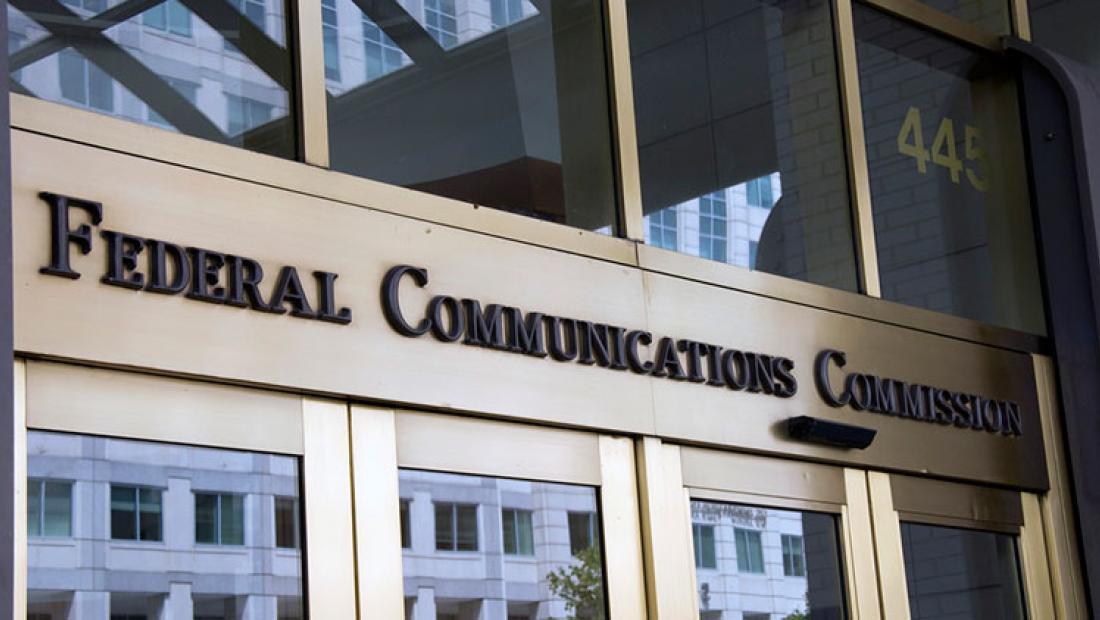CTIA Wants FCC to Make July 'Mid-Band Month'

Wireless carriers want the FCC to add a vote on opening up the 3.5 GHz (CBRS) band at its July meeting, and an auction of that spectrum by next year.
That is according to a letter from CTIA President Meredith Attwell Baker.
"The wireless industry urges the Commission to move forward in July on key mid-band spectrum opportunities—the 3.5 GHz band and the 3.7-4.2 GHz band—to address the United States’ international deficit with respect to mid-band spectrum availability," She wrote to the FCC.
The commission is already planning to vote on opening up the 3.7-4.2 GHz mid-band spectrum at the meeting, which CTIA is all for. But Attwell Baker wants to turn July into "mid-band spectrum month" by moving on the 3.5 GHZ band as well as the rest of the world races toward 5G.
Related: CBRS Alliance Specs Target Interoperability
To help light a fire under the proceeding, Attwell Baker pointed out that the U.S. is ranked sixth in mid-band spectrum availability, while South Korea plans to auction 3.5 GHZ spectrum next month.
Specifically, Attwell Baker wants the FCC to finalize its 3.5 GHZ band rules by July, and announce a 2019 auction of 70 MHz of licensed spectrum.
CTIA cited the compromise it had reached with the Competitive Carriers Association on license sizes as paving the way for the FCC to wrap up optimization of the licensing regime to make sure the licenses are investment and innovation friendly.
CTIA and the Competitive Carriers Association have agreed that the FCC should issue MSA (Metropolitan Statistical Area) licenses in the top 306 cellular markets, but smaller, county-based licenses for the remaining 428.
It argues that using census tracts as the license sizes would lead to unprecedented complexity.
The FCC voted last October on a proposed framework for freeing up the 3.5 GHz spectrum -- it would be shared with incumbent government users -- for wireless broadband that could encourage cable and telco broadband players to use, and bid on, that spectrum in the race to 5G.
Changes to the priority access license (PALs) in the band are meant to incentivize faster network broadband deployments of fixed and mobile service. Those include longer license terms and contemplating different sized licenses.
NCTA-The Internet & Television Association has been pushing for smaller sized licenses--its compromise between partial economic areas (PEAs) and census tracks is county-sized licenses. Cable ops are eyeing that swath of spectrum for their own wireless and mobile services.
But it does not want them too small either. NCTA member Charter has advocated for license areas bigger than census tracts but no bigger than counties.
NCTA has told the FCC it is also ready and willing to find compromise to avoid delay.
Broadcasting & Cable Newsletter
The smarter way to stay on top of broadcasting and cable industry. Sign up below
Contributing editor John Eggerton has been an editor and/or writer on media regulation, legislation and policy for over four decades, including covering the FCC, FTC, Congress, the major media trade associations, and the federal courts. In addition to Multichannel News and Broadcasting + Cable, his work has appeared in Radio World, TV Technology, TV Fax, This Week in Consumer Electronics, Variety and the Encyclopedia Britannica.

